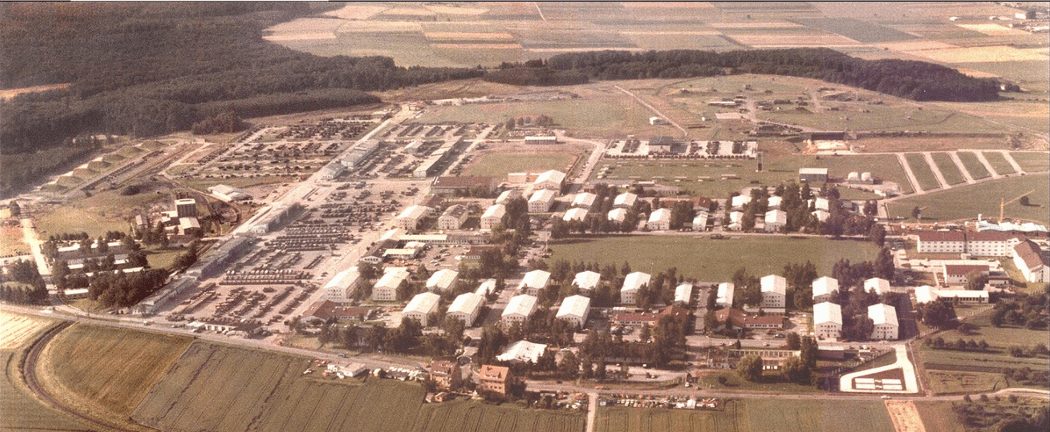
Late in February 1970 I made my first trans-Atlantic trip, reporting to the 3rd Armored Division in what was then West Germany. For most of the next 18 months I was assigned as a Platoon Leader to 1st Bn/36 Infantry at a remote Brigade-size base called Ayers Kaserne, located in Kirchgöns, about 30 miles from Frankfurt. Our late classmate Dick Luecke, and classmate Bob King (C1) were among classmates assigned to the same battalion.
As part of the 3rd Armored Division, we utilized the M113 Armored Personnel Carrier (called “APC’s” or “tracks”). Maintenance consumed much of the daily training schedule. It became pretty boring. Supposedly, we were at the end of the supply chain: priority for almost everything was Vietnam, South Korea, CONUS (Continental U.S.) …and, eventually, Ayers Kaserne. So, keeping equipment in running order was a challenge.
But even at the end of the supply line, there were “haves” and “have nots”. When M16’s finally reached us, we turned in our M14’s and began M16 familiarization. A rifle maintenance issue quickly reared its ugly head. We were an Infantry battalion with no M16 rifle cleaning patches.
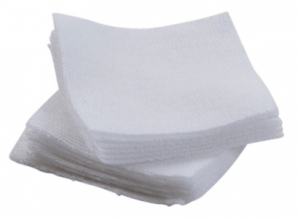
Note: For those unfamiliar with firearm maintenance, patches are critical for applying solvent and oil to keep the weapon clean and operational. Fortunately, I located a classmate in a Field Artillery battery who had M16 patches and was willing to share with his friendly neighborhood grunts.
All this is to provide some supply and maintenance background for the main event:
Later in 1970 I was assigned as Weapons Platoon Leader. On company field exercises, the Weapons Platoon typically acted as Aggressors. Since we were “The Bad Guys”, we could take liberties with uniforms. While the Rifle Companies wore helmets during exercises, we could wear the always-fashionable baseball-style cap, similar to the headgear we wore with fatigues as cadets.
On one such exercise the Company Commander ordered me to take a few of my guys and set up an ambush. We piled into a nearby Jeep, threw our weapons and gear in the trailer it hauled, and took off to complete our mission.
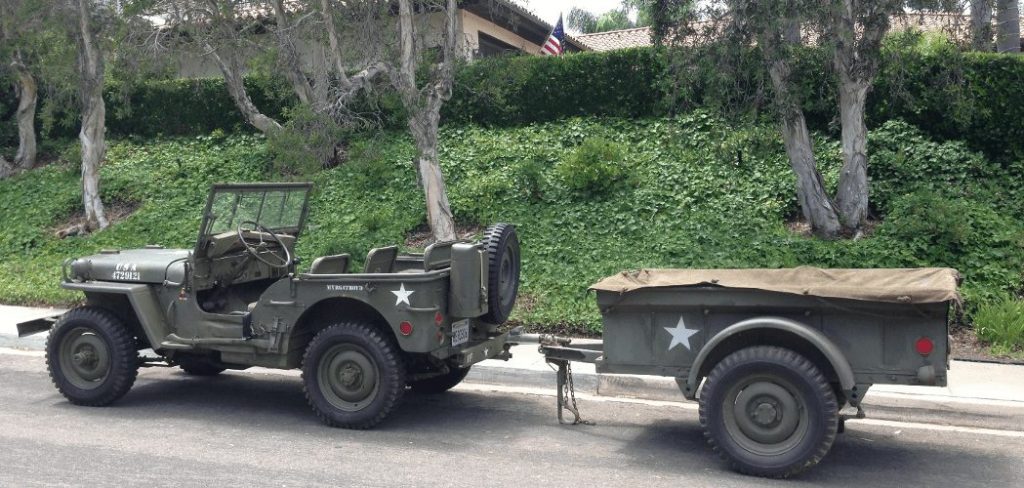
We were making good time driving on a 2-lane back country road. The only other vehicle on the road was a Volkswagen Bus being driven by a German man. Apparently, he was in a hurry because he followed us rather closely.
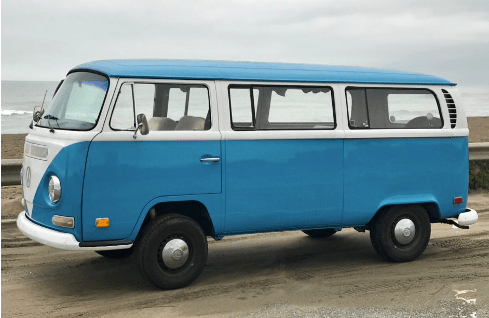
We reached our turn-off on the left, an open dirt area where we could pick up the trail into the woods. Our driver made a left turn. I never found out if he signaled or not, but it would not have mattered: the taillight was inoperative. Seeing no signal, the tailgating VW bus did not react quickly enough to avoid a collision. He struck the trailer while we were mid-turn, initiating a series of events:
- The Jeep and trailer spun and turned 180 degrees;
- Continuing into a complete 360-degree roll, landing right side up in the dirt area;
- During the roll, the aluminum supports which normally hold up the soft top crumpled and;
- The windshield collapsed and the glass shattered.
Recovering from the roll, I think I had two nearly simultaneous concerns:
- Are my soldiers okay?
- Why can’t I see?
Addressing the second question, I did exactly the wrong thing: I rubbed my eyes. Since Jeeps at the time did not feature safety glass, I had fine glass particles in my eyes. Fortunately, my vision cleared with no apparent damage. Apparently, the windshield only shattered on the passenger side because my driver did not experience any harm from glass.
As for my soldiers, thanks to World War II technology, all were okay. Allow me to explain: All but one of the guys were wearing baseball caps. The exception happened to be the tallest man in the Jeep. He was wearing his WW II-style helmet, usually referred to as a steel pot. He proudly showed me the black streak on his helmet where his head had scraped blacktop during the roll. He and the others were unhurt.
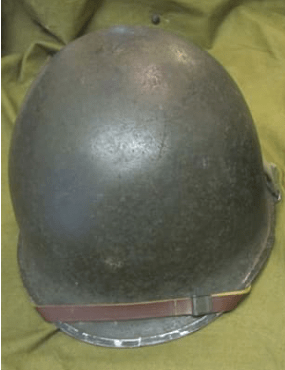
When we eventually made it back to Ayers Kaserne, I checked in at the clinic. The doctor examined my eyes and determined that there were still glass particles present. He put something colored into each eye. Under light, the glass was visible against the color. Using what appeared to be a thin glass rod, he probed each eyeball and removed the remaining glass particles. A half century later, I can report that there was no lasting damage. I can also report that I never again thought maintenance was boring.
Unfortunately, that was not my only Jeep-related incident. In 1971 I made my first trans-Pacific trip. By 1972 I was with my second unit in Vietnam, a battalion of the 525th Military Intelligence Group, stationed at a small camp on the perimeter of the Tan Son Nhut Airport. The unit had a maintenance stand down, taking all vehicles out of service for required maintenance. The Motor Pool was at a separate location. I drove my jeep over and got a ride back to camp. A few hours later the jeep was ready. I got a ride back to the motor pool, picked up the jeep, and started driving.
Most of the road around Tan Son Nhut was paved. Since our camp was at a remote location, the paved road eventually ended, and a dirt road began.
The road was empty in the direction I was heading, so the jeep was moving at a pretty good pace. I slowed down to transition to the dirt road. Just as the jeep went from paved to dirt, the front wheel on the driver’s side parted company with the jeep; it went left while the rest of the jeep swerved right. Since my speed was reduced, I was able to brake the jeep without any further damage to it (or me).
I walked the rest of the way to the camp and called the motor pool. They came out, towed the jeep away, and made repairs. Later, I was informed that a cotter pin had been omitted from the wheel assembly, and that was supposedly the cause of this mishap. Once again, a small part made a big difference.
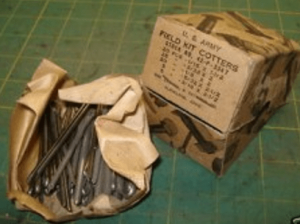
AUTHOR’S NOTE: Since leaving the Army I have owned two Jeeps. Both had Roll Bars and Safety Glass and were meticulously maintained, including tire rotation. No shortages of turning lights or cotter pins have been noted.
Thanks, Bernie, great story to emphasize how poor maintenance endangers lives! You and troops were divinely protected. I never trusted Army jeeps, even in good maintenance condition.
Thanks, Eric. Even though officers weren’t supposed to drive themselves, I enjoyed driving Jeeps. That’s why I own one.
Thank you Bernie for sharing your story with us. As an armor/armored cavalry platoon leader. I grew to prize good Maintenance Tech’s, and productive motor pool time. All the very best, Bob
Thanks, Bob!
Bernie, thanks for punctuating the important of unit maintenance.
I started my Army service as a light infantryman–oblivious to the importance of vehicle maintenance.
Fortunately, when assigned to the 8th Infantry Division (Mechanized) in Germany 1979 – 1986, I was always blessed with a great battalion motor officers (BMO) and Maintenance Technicians. Geoff
Thanks, Geoff. I imagine by 1979 Germany was no longer “low man” on the supply chain. In 1970 I was fortunate to have a good scrounger in my platoon.